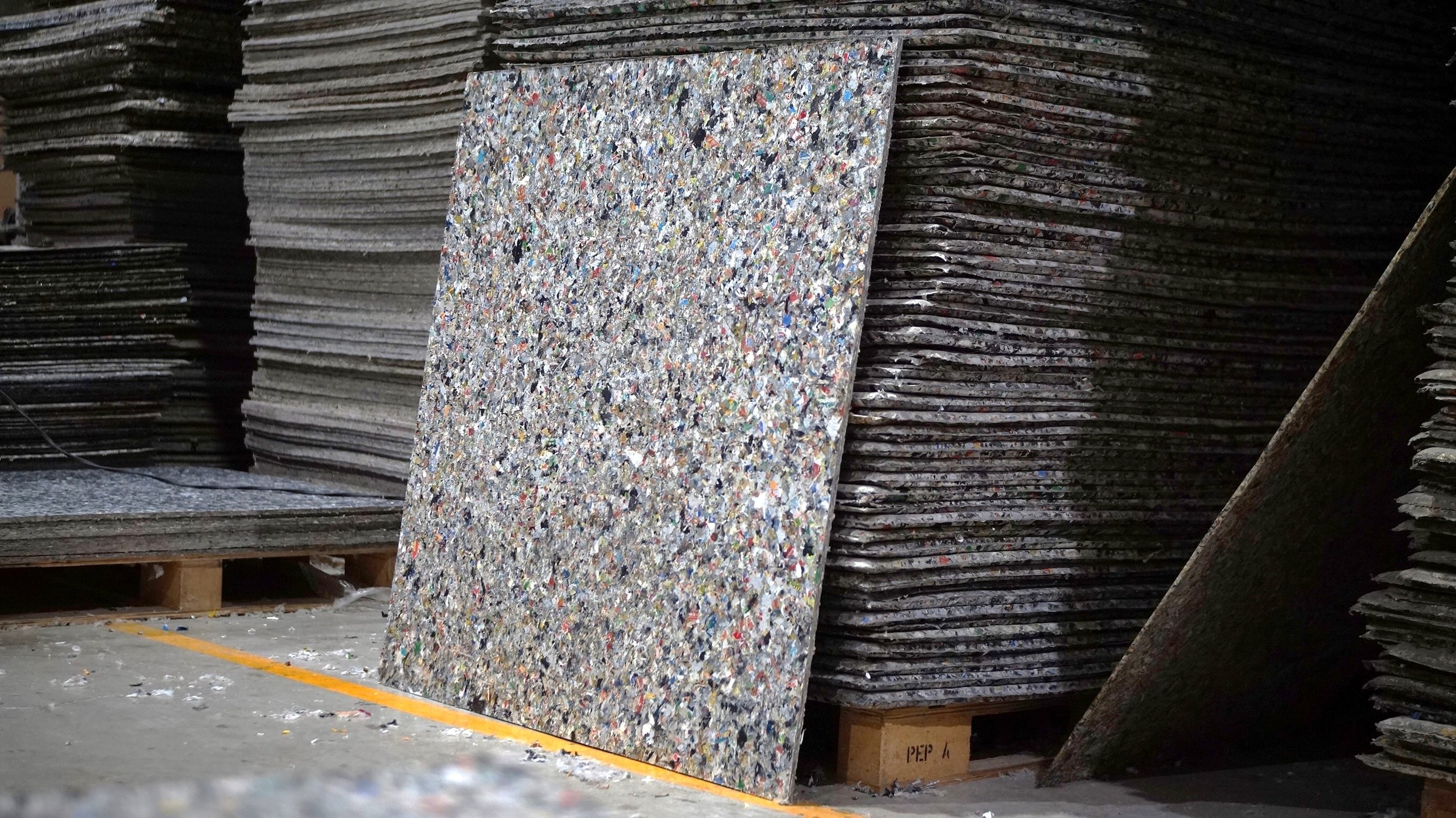Choosing Recycled Plastic Over Wood?
With high-rising floods shifting immediately after scorching hot weather, we are facing a climate emergency which requires an increase in collective efforts to address the worsening climate change.
3 minute read
Plastic waste pollution and deforestation remain as one of the major contributors to climate change. This can be addressed only if we rethink ways on how we can move along with the inevitable modernization while at the same time preserving our natural resources.
The increasing demand for wood and its negative impact on the environment
According to a study entitled “Mapping Tree Density at a Global Scale”, it is estimated that 15 billion trees are cut down each year. The perpetual cutting of trees at this pace is deemed alarming and may devastatingly turn our forests into deserts.
While wooden furniture made with exceptional quality materials may last a lifetime, common wooden furniture has an average lifespan of 10 to 15 years before they are thrown away.
Despite wood wastes from construction industries being recycled, most of them end up in landfills or worse incinerated. The improper disposal of wood wastes negatively impacts both our aquatic and terrestrial ecosystems while incineration contributes to the greenhouse effect and pose a threat to human health.
The United States Department of Agriculture, in its recent report about Philippine Wood Products, highlights that there is a decline in the production of lumber and other wood products in the Philippines, thus, there is a problem in meeting the increasing demand of various industries for construction projects.
Plastic waste problem in the Philippines
However, even if we are willing to protect our forests and limit our consumption of wood, plastic may not be the best alternative to wood. While plastics are versatile, durable and can last for a long time, it takes from 20 to 500 years to decompose! And by 2025, there will be more plastic than fish in the ocean!
Plastic waste generated in Asian countries rapidly increased and 80% of mismanaged marine plastic waste comes from Southeast Asia. In The Philippines, more than elsewhere, mismanaged plastic waste is a main threat for the environment as 7 out of 10 of the most polluted rivers in the ocean can be found in the country.
Every year, 500 000 tons – the equivalent of 45 Eiffel towers or 5 000 blue whales - of plastic waste ends up in the ocean in the Philippines, especially in Manila Bay where Pasig river flows.
The reason being, is that plastic that is not recycled or correctly collected ends up in the streets or in mismanaged landfills. With heavy rains and river flows, it unfortunately finishes in the sea.
To give you an idea, a year's worth of “sachet” use in the Philippines can cover entire Metro Manila one-foot deep in plastic waste. And it is about 1 million tons of plastic waste that are produced every year in Metro Manila. And unfortunately, the Philippines’ collection rate remains far below 50%.
There is an urgent need for a more efficient plastic waste management system in the Philippines, from collection to recycling.
The PLAF collects and recycles plastic waste into boards
So which is more sustainable: wood or plastic?
As often, it’s a combination of solutions that can help reduce our waste. Reducing wood consumption, decreasing virgin plastic production and using more recycled plastic for packaging and building material is a way to be more sustainable.
Plastics are still very useful for some specific uses like medical. As it’s cheap and lightweight, it’s a very convenient material that many industries don’t want to replace. However, we can’t continue like that using this amount of plastic bags at the supermarket, buying a lot and throwing away after a few uses. It’s also our responsibility to change our behaviors. And corporates’ responsibility to adapt their process so they can use alternatives, reduce their packaging and improve how their waste is managed.
The Plastic Flamingo, as one of the plastic recyclers in the country, takes part in protecting the environment by mitigating marine plastic pollution through the collection, recycling, and upcycling of plastic wastes.
To divert plastic wastes on land and prevent them from going into the ocean, the PLAF partners with various companies, organizations, and communities to collect plastic wastes and transform them into a range of sustainable construction materials.
Recycled plastic boards are created from various plastic wastes that undergo the process of sorting, shredding, and heat compression. These recycled plastic materials can be incorporated into a wide range of projects such as in formwork, furniture, and partitions.
Having the unique features of being waterproof, termite-proof, and splinter-free, it is an ideal material to be used as an alternative to plywood. Similar to woods, there is a wide range of products to which one can incorporate the boards.
For homes, boards can be used for indoor furniture like tables and chairs, as well as outdoor furniture like benches and garbage bins.
And if you want to go even further, here is how can companies start helping:
Refuse plastics: Refusing is still the number one solution to tackle the plastic crisis.
Consume less: Know what you need vs what you want.
Segregate waste: Plastic, paper, food waste, etc.
Collect plastic waste: You can start by collecting daily and supporting recycling centers.
As we continue to experience the effects of climate change, let us be enlightened with the importance of increasing and strengthening our joint efforts.
Ripples of helpful action can turn into big waves of positive changes and our simple efforts can also bring positive environmental impact.

